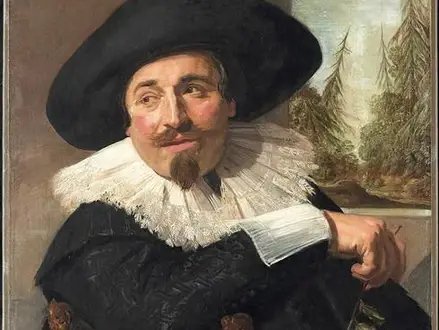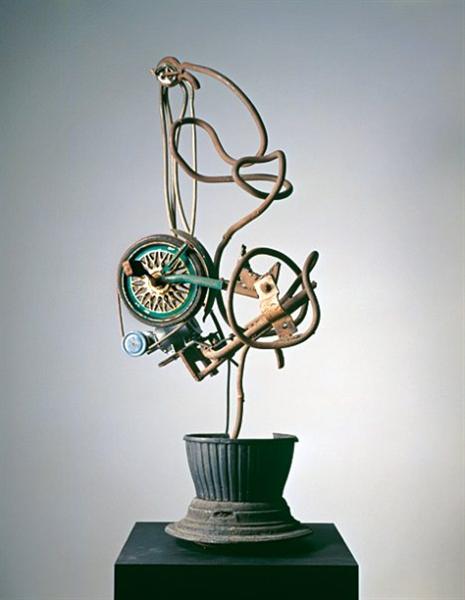Title of Artwork: “Portrait of Isaak Abrahamsz Massa”

Artwork by Frans Hals
Year Created 1626
Summary of Portrait of Isaak Abrahamsz Massa
This is an image of Isak Abrahamsz. If you go to the Art Gallery of Ontario, you can see an art piece called Massa by Frans Hals that was made in 1626. It shows Isaac Massa, a well-known businessman and a friend of Hals’s who is rich. He was the subject of an earlier work by Hals, Isaak Abrahamsz Massa and Beatrix van der Lean, which also featured his wife, Beatrix van der Lean. In 1635, Massa would hire Hals again to paint a portrait of her.
All About Portrait of Isaak Abrahamsz Massa
The painting has the date 1626 written on it, but there is no mention of who the person is. Debate has been going on for years about this. People thought it was a picture of the author.
When it comes to this theory, Wilhelm Valentiner was a big supporter. Other people, like Numa S. Trivas, thought that it was a portrait of Massa. This was confirmed by the discovery of an inscription on a 17th-century engraving.
The 1626 portrait is known for being casual and lively. In this picture, Massa is leaning over the back of the chair. This is a big change from the standard formal portrait poses of the time.
Many more paintings by Hals and other artists would use similar poses in the same way in the years to come. Massa’s facial expression is open and distracted. He is at ease and focused on his own business.
Because Hals doesn’t control his brushstrokes, he has a unique style and can finish a painting in one sitting, which accounts for the high number of paintings he made in his lifetime.
Many people who lived at the same time as Hals were students of Caravaggio, who used strong chiaroscuro in his paintings. The light in Hals’ painting is even, though he may have looked to Caravaggio for inspiration. The right side of Massa’s face is lit up, while the left side is in a natural shadow.
Massa had made his money as a silk merchant in Russia. He was a well-known expert on the country, and he had a lot of contacts there. Because it was in Muscovy where much of Massa’s business was done, the view through the window of large coniferous trees may be meant to show this.
The landscape in the background may not have been painted by Hals. It may have been done by Pieter de Molijn, a well-known landscape artist. His hand is full of holy. Traditional symbolism says this is a sign of friendship and long-term loyalty, and it could show how close the artist and subject are. It has also been thought of as a promise from Massa to stay faithful to his wife even when he is away for a long time.
Earls of Spencer had this painting for a long time. If you look at the 1822 Bibliotheca Spenceriana, which is a catalogue of the Spencer collection, you can see this painting in one of the bedrooms.
In 1924, the 7th Earl Spencer had to sell some of his family’s art to pay off debts. She bought Hals and other works of art from him. Art dealer Joseph Duveen bought them from him. This painting was bought by Canadian businessman Frank P. Wood the following year.
When Wood died in 1955, his collection was given to the Art Gallery of Ontario, which is where the portrait is now. This is where the portrait is now. The painting was stolen from a gallery in 1959, along with five other masterpieces, and it was never found.
Three weeks after the painting went missing, it was found in a storage room in Parkdale. The insurance company agreed to pay a ransom for the stolen pictures. It had only a little bit of damage.
Information Citations
En.wikipedia.org, https://en.wikipedia.org/.
























